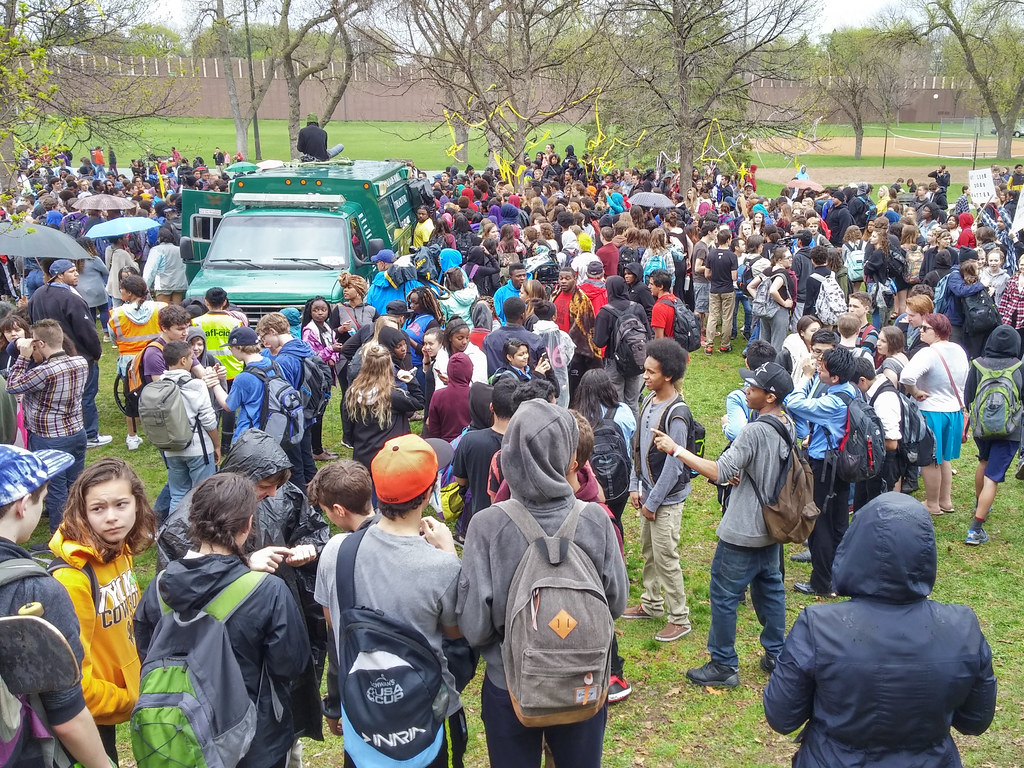
Rural Students of Color and from Low-Income Families Most Likely to Miss Out
WASHINGTON, DC — Just 11% of America’s rural children are enrolled in an afterschool program. For every rural child in an afterschool program, four more are waiting to get in. That’s an even higher ratio than in the country overall, where for every child in an afterschool program, three more are waiting to get in. Spiking Demand, Growing Barriers: The Trends Shaping Afterschool and Summer Learning in Rural Communities, released today, also finds that 92% of rural parents are satisfied with the afterschool program their child attends, up from 85% who were satisfied in 2014.

Some 4.5 million rural children who are not in an afterschool program would be enrolled if a program were available, their parents say. That is a 43% increase since the study was last conducted in 2014. Rural children of color and rural children from families with low incomes are most likely to be without the afterschool programs their parents want for them. The unmet need for summer learning programs has also surged in rural communities.
Spiking Demand, Growing Barriers is based on a household survey conducted by Edge Research for the Afterschool Alliance. It finds a drop in rural children enrolled in afterschool programs from 13%, or 1.19 million rural kids, enrolled in 2014 to just 11%, or 1.15 million kids, enrolled in 2020. The drop mirrors national trends on afterschool participation as public funding for afterschool programs has not kept up with demand. The new study finds that cost and transportation are significant barriers that prevent many rural parents from enrolling their child in an afterschool program.
“The inequities in terms of access to afterschool and summer learning programs are profoundly troubling,” said Afterschool Alliance Executive Director Jodi Grant. “More than 46 million people in this country live in rural communities, where one in five residents are people of color and poverty is higher than in urban and suburban communities. Out-of-school-time programs boost children’s chance to succeed in school and in life but too often rural students are shut out of the opportunities these essential programs provide.”

“Increasing access to both afterschool and summer learning programs must be an urgent priority for lawmakers and funders,” Grant continued. “We need to invest many more resources so that all students, regardless of the size of their community or their family’s race or income, can access this support. As we emerge from the pandemic, afterschool and summer learning programs will be even more critical in helping children learn, feel safe and cared for, and strengthen their social and emotional health.”
Spiking Demand, Growing Barriers is based on survey responses from more than 31,000 U.S. families, including 9,690 rural households. It includes national-level findings from smaller surveys of parents and program providers conducted in 2020 and 2021, also by Edge Research. Among the key results:
The new study includes a series of recommendations. Among them: grow public awareness about the need for more afterschool programs in rural communities through concerted outreach; improve the accessibility of afterschool programs in rural communities; conduct more research to better understand the views about afterschool programs among rural parents of color; and increase overall support for rural afterschool programs.
Findings in Spiking Demand, Growing Barriers: The Trends Shaping Afterschool and Summer Learning in Rural Communities are based on America After 3PM, a nationally representative survey of randomly selected adults who live in the United States and are the parent or guardian of a school-age child who lives in their household. A total of 31,055 households, including 59,983 children, were surveyed in English or Spanish between January 27 and March 17, 2020. Nearly 10,000 respondents (9,690) reported that they live in a “rural area/small town.” The overall margin of error for child-level and household-level data is +/- < 1 percent. Data were collected by Edge Research.
Spiking Demand, Growing Barriers: The Trends Shaping Afterschool and Summer Learning in Rural Communities was supported by the Walton Family Foundation. The 2020 America After 3PM survey was made possible with support from the New York Life Foundation, Overdeck Family Foundation, The Wallace Foundation, the S.D. Bechtel, Jr. Foundation, Altria Group, and the Walton Family Foundation, as well as the Charles Stewart Mott Foundation.
The full study, America After 3PM, and accompanying data, are available at www.afterschoolalliance.org.
The Afterschool Alliance is a nonprofit public awareness and advocacy organization working to ensure that all children and youth have access to quality afterschool programs. More information is available at www.afterschoolalliance.org.
Contact Information:
Lisa Lederer
202/421-5825